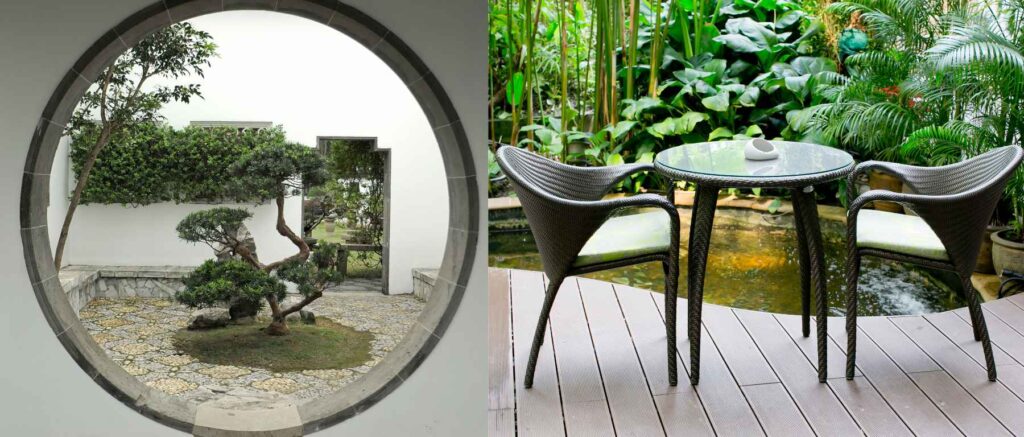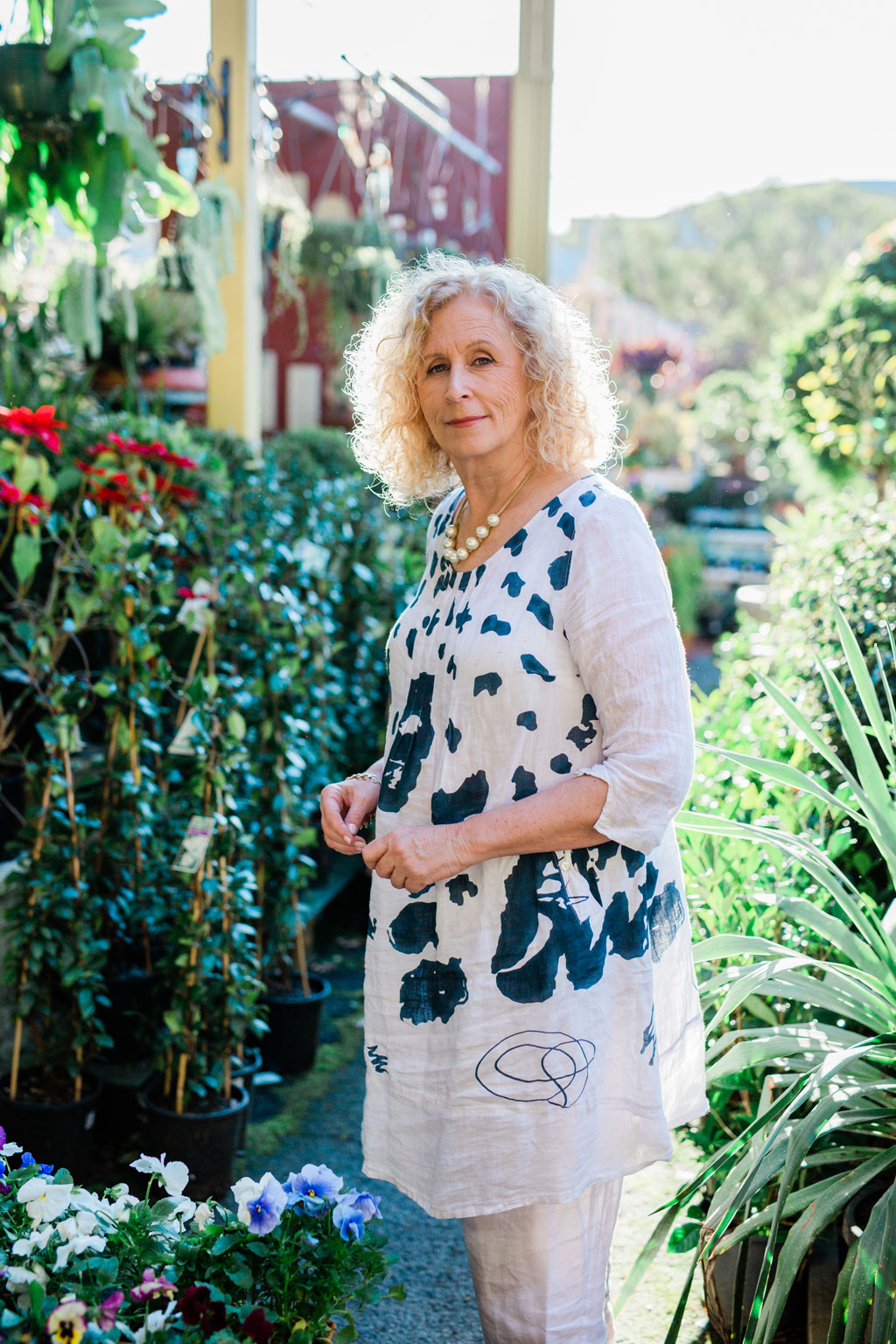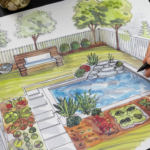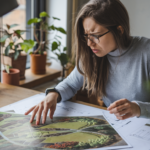MY Tips
Function vs. Form in Landscape
How to Design: Strike the Perfect Balance
Explore the dynamic balance of form vs function in landscape design.
Learn to create stunning spaces that combine beauty and practicality.
In landscape design, one of the most frequent debates is whether to prioritise function—the practical usability of a space—or form, which relates to its visual and emotional impact. Some argue that functional aspects such as sustainability, accessibility, and durability should lead, while others believe that the beauty and artistic expression of a landscape are what make it memorable. However, in reality, you don’t have to choose one over the other.
Getting the Balance Right
The most successful landscapes find a way to blend both elements seamlessly, creating spaces that serve practical needs while also providing aesthetic and emotional resonance. In this blog, we’ll explore how to achieve that balance using practical examples and strategies, helping you create landscapes that work on all levels.
Function in Landscape Design: Practicality, Sustainability, and Accessibility
At its core, function in landscape design refers to how well the space works for its intended use. A functional design is one that:
- Is accessible to all users, regardless of physical ability.
- Incorporates sustainable practices to reduce environmental impact.
- Addresses the specific needs of the client, whether that’s providing play spaces, outdoor seating, or areas for growing plants.
For example, a community park designed with function in mind may include wide, accessible pathways, seating areas for different age groups, and drought-tolerant plantings to reduce water consumption. This park must not only be aesthetically pleasing but also serve the needs of the community who will use it.

Practical Example 1: Sustainable Gardens
One of the clearest examples of functional landscape design is in creating sustainable gardens. A sustainable garden might include native plants that are well-suited to the local climate, reducing the need for excess watering or chemical fertilisers. Use permeable paving as it allows rainwater to naturally infiltrate the soil, reducing runoff and the strain on stormwater systems.
But while these practical elements are essential, they don’t have to come at the cost of beauty. Carefully selecting plants that thrive in the local environment but also provide a stunning seasonal display means you can achieve both function and form.
Practical Example 2: Urban Green Spaces
Urban landscapes often face the challenge of balancing small space constraints with high functionality. In a courtyard garden for a residential apartment complex, you might include raised vegetable beds for residents to grow their own produce. These gardens serve a functional purpose, but through thoughtful design and the use of complementary materials (like beautiful wood for the garden boxes), the space also provides a visually appealing, peaceful escape from the busy urban environment.

Form in Landscape Design: Aesthetic Appeal and Emotional Impact
Function ensures that a landscape meets practical needs, it is form is what gives a space its emotional resonance. A landscape’s form is shaped by its lines, shapes, textures, and materials—all contributing to the overall experience of the space. It’s what makes a garden feel serene, exciting, or contemplative.
When form is prioritised, the design focuses on how the space looks and feels. Colours, textures, and focal points all come into play, creating an environment that evokes emotion.
Practical Example 3: Sensory Gardens
A great example of form in action is in the design of sensory gardens. These gardens are specifically designed to stimulate all five senses. The use of fragrant plants, different textures (like smooth pebbles and rough bark), and plants with vibrant colours all work together to create a landscape that engages visitors in a way that’s deeply emotional and memorable.
The design of a sensory garden focuses heavily on form, but it also serves a functional purpose—helping visitors relax and engage more deeply with nature.
Practical Example 4: Reflective Pools and Sculptures
Incorporating reflective pools or artistic sculptures into a landscape can transform an otherwise simple garden into a serene, contemplative space. These elements serve no functional purpose in the traditional sense but can have a profound emotional impact. A reflective pool, for instance, can create a sense of calm and tranquillity, while a bold sculpture can provide a focal point that draws the eye and adds depth to the design.
These features, though purely aesthetic, bring an emotional value that is just as important as functionality.
Striking the Balance: How to Bring Function and Form Together
Achieving the perfect balance between function and form is about making sure neither element overshadows the other. You can create landscapes that are both usable and beautiful by integrating thoughtful design principles and sustainable practices.
Key Strategies for Balancing Function and Form:
Sustainable Meets Beautiful:
Start by incorporating eco-friendly practices that also enhance the aesthetics. Use permeable surfaces that are both practical for water management and visually appealing, like natural stone paths or gravel walkways. Choose native plants that not only reduce water use but also offer stunning seasonal displays.Functional Beauty:
Blend form and function by making practical features beautiful. For example, rainwater catchment systems can be hidden within elegant garden sculptures, and raised garden beds can be designed using attractive, durable materials like stone or wood, creating functional pieces that also elevate the visual appeal.Accessibility Without Compromise:
Design for all users without sacrificing beauty. Ramps and wide pathways can be integrated into the landscape with the use of natural materials that blend seamlessly into the garden, rather than standing out as purely functional structures. Similarly, seating areas can be designed using beautiful natural stone that enhances the garden’s aesthetic while providing practical rest areas.Artistic Expression with Purpose:
Incorporate focal points that serve both an emotional and practical purpose. For instance, a striking water feature can double as a natural cooling system for a garden, while artistic trellises support climbing plants and add vertical interest to a landscape.
Practical Example 5: Public Spaces That Inspire
In public spaces like parks or urban plazas, the goal is often to balance functionality with an emotional and cultural experience. For example, a community plaza might include shaded seating areas (functional) that are designed using locally sourced materials like wood or stone (aesthetic), while public art installations create focal points that reflect the cultural heritage of the area.
Incorporating water-sensitive urban design (WSUD) principles—such as rain gardens that manage stormwater while also enhancing biodiversity—further demonstrates the balance between form and function. These landscapes not only serve a practical role in urban infrastructure but are also beautiful spaces where people can gather and connect with their surroundings.
Conclusion: The Power of Blending Function and Form
The key to great landscape design is realizing that function and form are not opposing forces—they are complementary. A well-designed landscape serves its practical purpose but does so in a way that enhances the user’s emotional experience. Whether you are creating a public park, a residential garden, or an urban green space, achieving this balance will ensure that the space is both functional and memorable.
In your next project, consider how each element—whether it’s a practical rainwater management system or an artistic sculpture—can serve both function and form. By doing so, you’ll create landscapes that not only work well but also resonate deeply with those who experience them.
Our recommendations and information provided in our articles, blog and on this website is intended to be educational and informative only. It is at no time to be relied upon as personal advice for your own situation. While we try our best to ensure that the information is accurate, sometimes it may not be suitable or correct for your particular circumstances or the products or services you may choose to purchase.
Any comments, guidance, or information on this website is our own view and based on our experience and we do not provide any guarantees, warranties relating to any aspect of the information, including but not limited to any reliance on the safety or security of any landscape recommendations, renovations, designs, plant use or any particular installations. We hope you find it helpful but please be aware that it may not be suitable for your situation, location, surroundings or other specific needs. This information is offered in good faith and it is not specific to any one person or any personal circumstance. You should contact us directly so we may review and assess your own situation to be able to provide recommendations specific to your own requirements, particularly if you are in a fire, drought or other sensitive area.
We hope you understand that for this reason, we are not to be held liable for any decisions you make based on any of the information, views, or recommendations on our website and in our blog articles and any consequences, as a result, are your own.
The information shown and posted on this website or expressed by either the moderator is the view of the person(s) posting only and is intended to be examples only and not advice for you personally.
Any decisions or information on this website you decide to use, read or act upon is done at your own risk and you shall indemnify yourlandscapejourney.com, its directors and employees for any and all claims whether resulting directly or indirectly from your actions.




